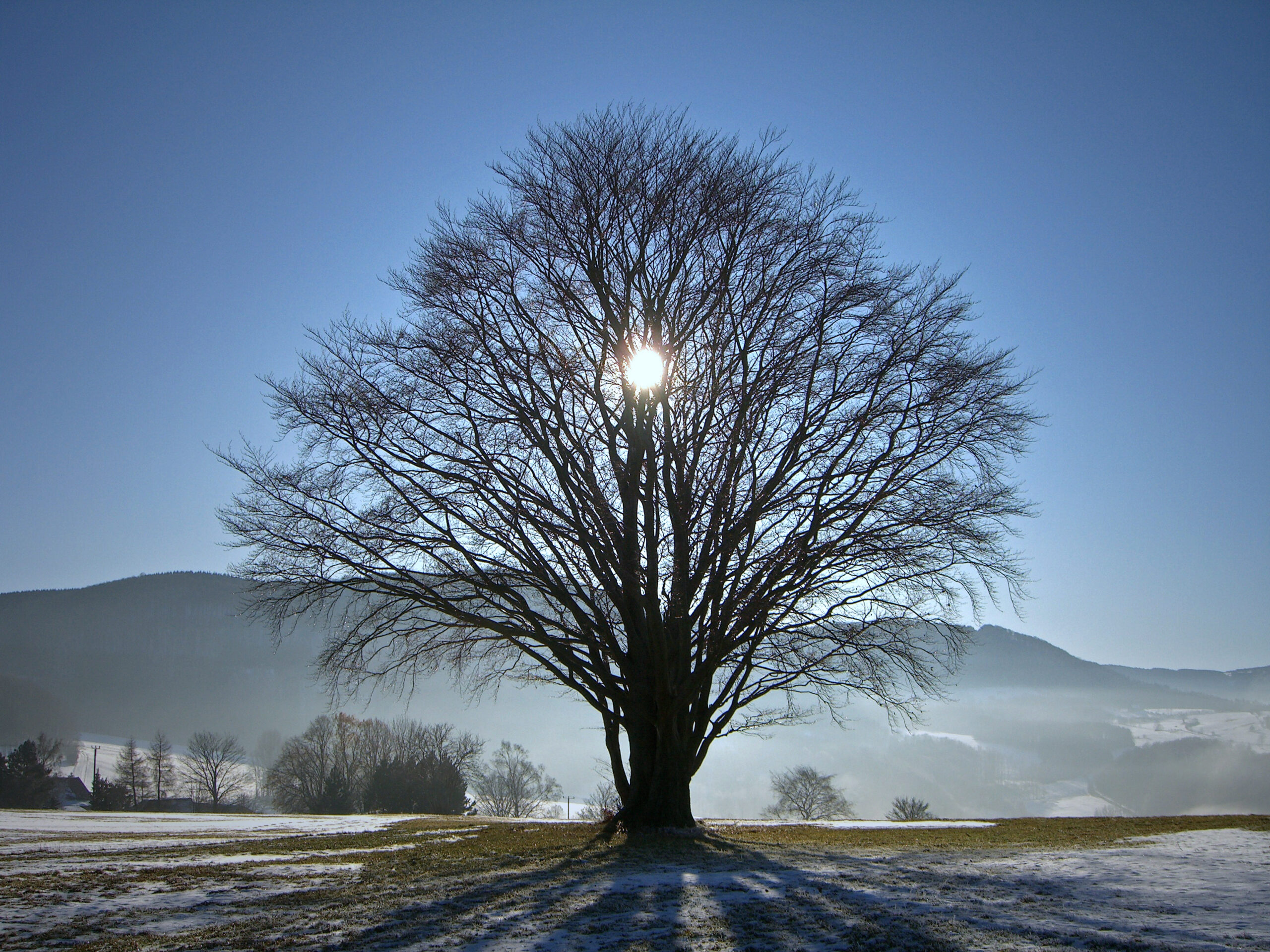On Thursday, December 21, 2023, at 10:27 p.m. EST, the Earth will experience a remarkable astronomical event: the winter solstice in the Northern Hemisphere and the summer solstice in the Southern Hemisphere. This moment marks a celestial dance, where the sun reaches its position directly above the Tropic of Capricorn, 23.5 degrees south of the equator.
Why We Have Seasons
This cosmic ballet is a direct result of Earth’s axial tilt of 23.5 degrees. As our planet orbits the sun, this tilt causes different parts of Earth to receive varying amounts of sunlight throughout the year, leading to the changing seasons.During the winter solstice, the Northern Hemisphere is tilted away from the sun, giving us the shortest day and longest night of the year. In contrast, the Southern Hemisphere basks in the sun’s direct rays, experiencing their longest day and shortest night.
Daylight’s Gradual Shift
This pivotal moment also signifies a turning point in day length. After the solstice, days in the Northern Hemisphere will gradually grow longer until the March equinox (around March 20, 2024), when day and night are roughly equal in length. By the June solstice (around June 20, 2024), the sun will be directly over the Tropic of Cancer, 23.5 degrees north of the equator, bringing summer to the North and winter to the South.
Sunrise and Sunset: A Changing Waltz
The solstices also influence the sun’s path across the sky. In the Northern Hemisphere, during the winter solstice, the sun rises in the southeast and sets in the southwest. Six months later, at the summer solstice, the sun will rise in the northeast and set in the northwest. The equinoxes, marking the halfway points between solstices, have the sun rising and setting due east and west.
Celebrating the Solstice
Observing the solstice can be a meaningful experience. One way to mark this event is by watching the sunrise or sunset on the solstice day, a practice echoed by ancient monuments like Stonehenge. Alternatively, stargazing after dark offers a chance to view celestial wonders, such as a brightly shining Jupiter in the south-eastern night sky immediately after sunset.
A Look Ahead: The Rhythm of the Year
Looking ahead, here are the dates for the upcoming equinoxes and solstices in 2024, along with traditional cross-quarter days:
- Cross-quarter day: February 2 – Groundhog Day
- March equinox 2024: March 19
- Cross-quarter day: May 1 – May Day
- June solstice 2024: June 20
- Cross-quarter day: August 1 – Lammas
- September equinox 2024: September 22
- Cross-quarter day: October 31 – Halloween
- December solstice 2024: December 21
This solstice serves as a reminder of our planet’s incredible celestial mechanics and the natural rhythms that dictate life on Earth. So, whether you’re celebrating the long summer days in the South or embracing the cozy nights of winter in the North, take a moment to appreciate this cosmic dance and the beauty of our ever-changing seasons.










